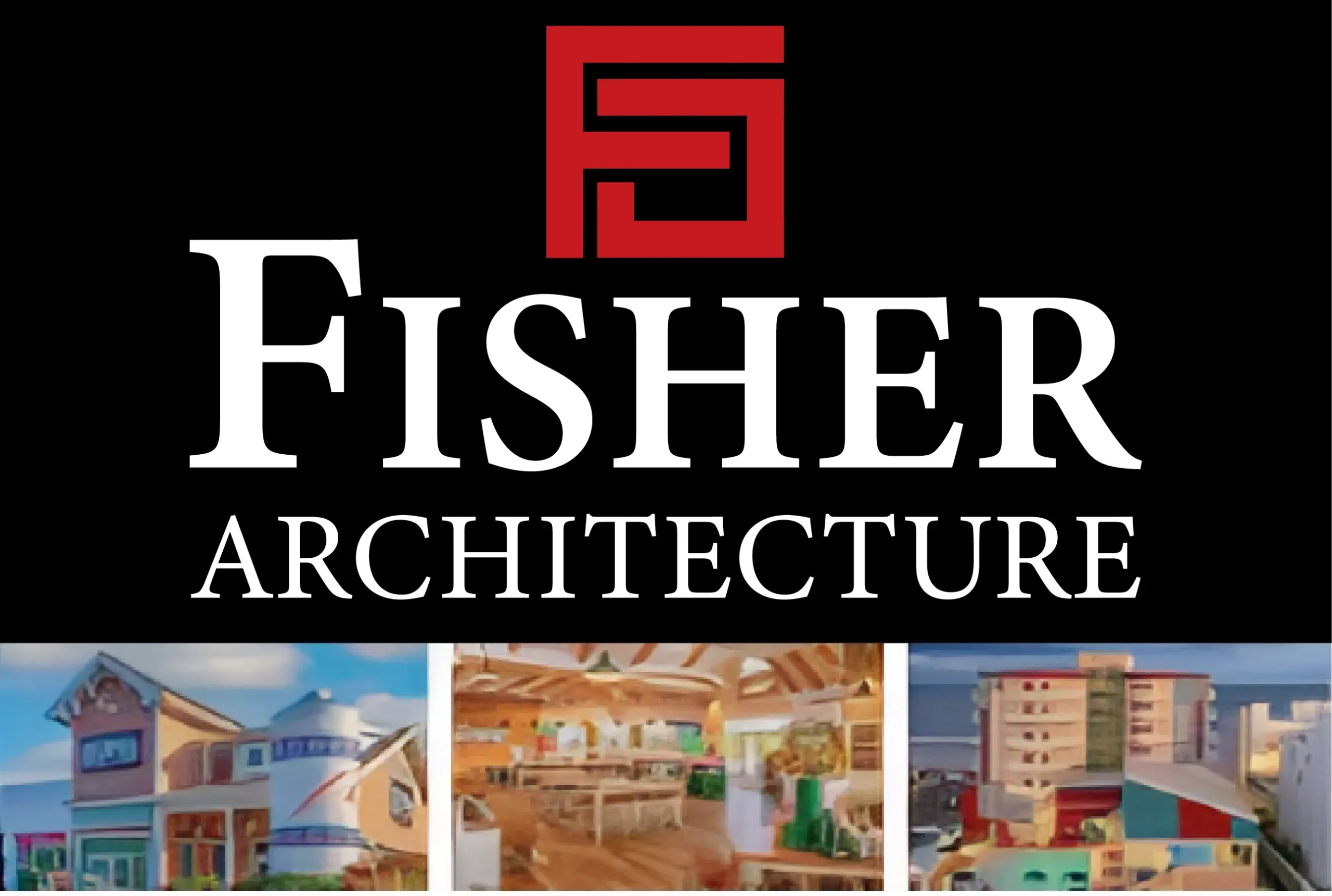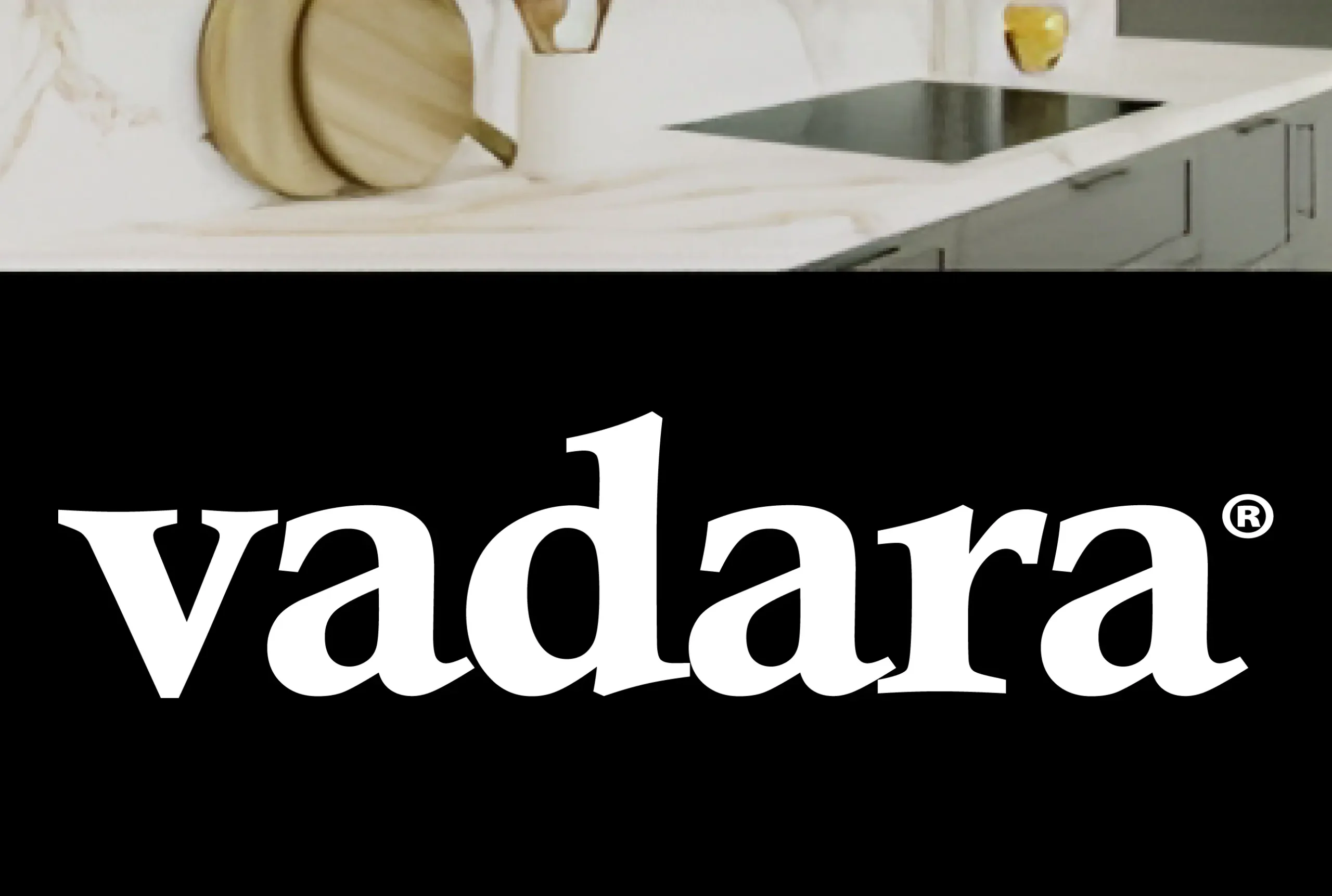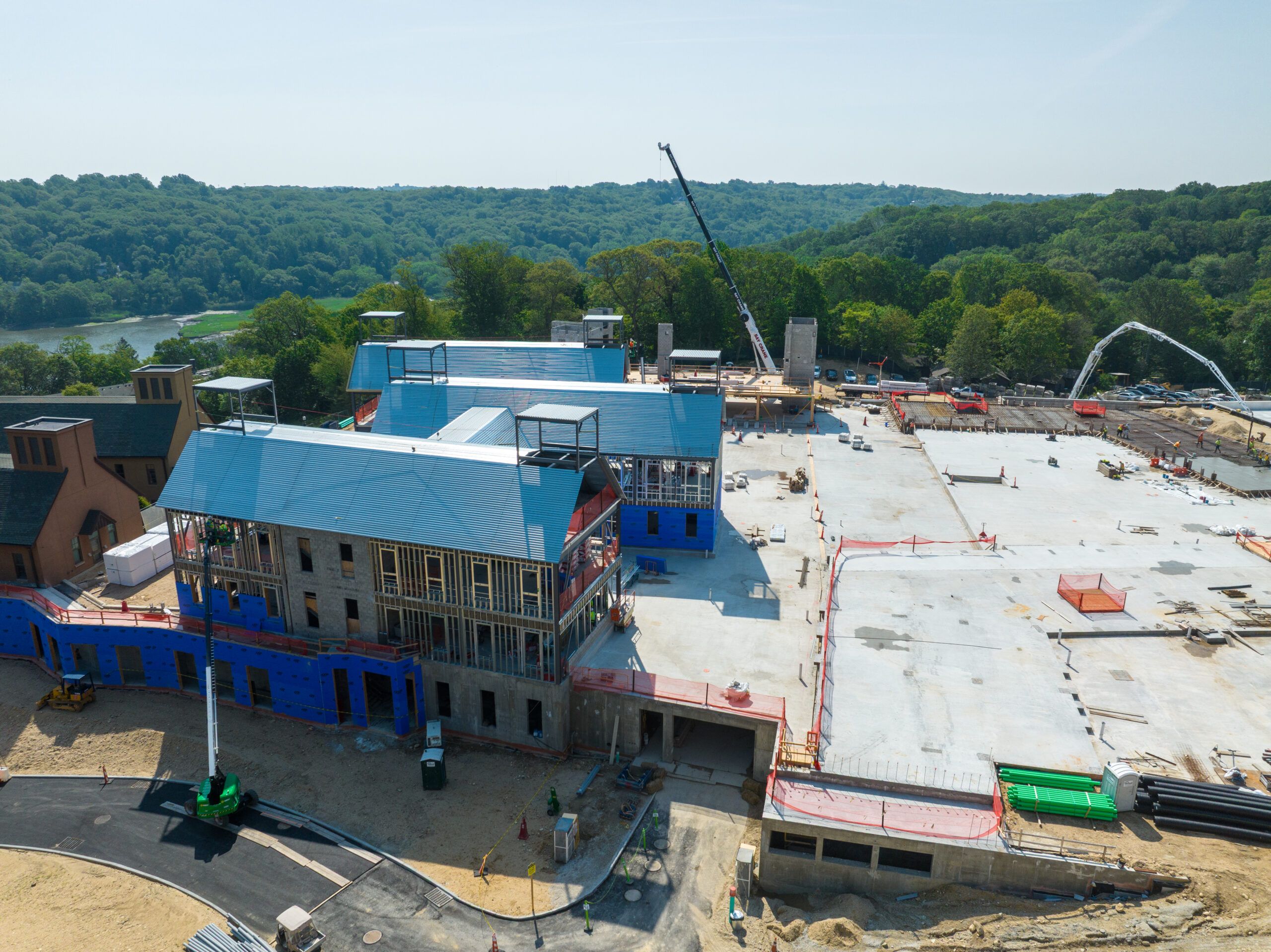Many people think of concrete as a material that doesn’t have any issues even as it ages. While concrete is a highly durable material, it can age or run into issues with its well-being, just like any other building material. You need to know about the signs that something is going on with your concrete that requires attention before you run into major issues with concrete surfaces on your property.
Concrete spalling is one of the most common signs that your concrete needs attention right away. This is an issue with your concrete that indicates a major problem that needs to be addressed before structural issues ensue. Knowing what spalling is can help you to get the help you need to repair or replace your concrete the right way.
What is Concrete Spalling?
Concrete spalling is the breakdown of the concrete surface. This usually shows up in the form of pitting, chipping, flaking, or even peeling of entire sections. Spalling can impact surfaces like patios or walkways, or it can also affect walls and weight-bearing concrete surfaces like the foundation of your home.
The original symptoms of spalling are small pits and cracks that can expand to become large chunks of concrete that fall out of the wall or surface. Concrete with spalling can eventually entirely detach from buildings or break down in walkways or patio spaces, leaving craters and other unsightly and unsafe surfaces behind.
Why Does Concrete Spalling Happen?
Concrete spalling happens in many cases because the reinforcing steel bars in the wall or the patio or walkways have expanded and started to push the concrete outward. There are other factors that can contribute to this problem, such as poor concrete mixing, exposure to very harsh conditions that include tough freezes and rapid warming periods, an improper cutting process, or even chemical exposure.
Additionally, the metal rebar or reinforcing structures within the concrete itself can break down or fail, leading to instability or galvanic reactions that cause the concrete to become unstable and fall apart. Water intrusion is often the main reason for this kind of failure, but faulty materials installed in the interior of a structure can be the culprit as well.
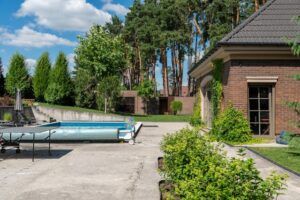
Why Do You Need to Address Concrete Spalling Right Away?
Concrete that is suffering from spalling is not going to hold up for much longer. The instability of the concrete associated with the spalling can lead to the failure of retaining walls and roadways or huge divots and large pitted areas in walkways or patio surfaces.
If you are seeing this kind of problem in the foundation of your home, for example, your home could be at risk for major damage related to sinking or even collapse of the foundation over time. In some cases, spalling can lead to a sudden catastrophe that can cause a building to fall in on itself. You should never ignore the symptoms of spalling because the damage and instability can be far wider spread than an initial visual inspection reveals.
How Do You Prevent Concrete Spalling?
The best way to prevent concrete spalling is to seal your concrete with a quality, high-grade seal and cure product. This will prevent moisture from getting into the concrete or the underlying support structures that it was poured around during the building process.
However, if your concrete was incorrectly poured or mixed, or a larger failure of the interior structures within the concrete pour are going on, you will need to replace the damaged concrete with correctly mixed and poured concrete. You will also need to replace all damaged support structures and materials if this is the reason for the concrete spalling that you have noticed.
A concrete expert can be a big help when it comes to diagnosis and solutions for concrete spalling. If you have caught the problem early enough, hopefully, you will not have to replace significant sections of your concrete and can simply repair a few damaged areas.
However, if the reason for the spalling turns out to be linked with incorrect materials or improper pour technique, you might need to replace all of the concrete on your property. This can be a daunting task, but it is easily handled with the help of a skilled concrete contractor.
Repairing Concrete That is Suffering From Spalling
If you are going to be able to repair your concrete spalling problem, you have some options. As stated above, you can seal the concrete that is not damaged with a high-grade sealing product and then seal all the replacement concrete that you pour to stabilize an area with spalling.
Stabilizing or repairing areas with spalling can include concrete overlays that are intended to fill in the gaps in the area with spalling and seal them up. You might also just have an expert remove the damaged materials and replace them with correctly poured and mixed concrete.
Often the second option is the best one because it ensures that you will not see visible differences in the color and texture of your concrete spaces, and you will be certain that spalling is not going to rear its ugly head again. Because spalling is related to an issue with the materials that were used to create the concrete structure or space or caused by tough weather conditions, you need to consider if you will really be saving money by just doing a concrete overlay that needs to be torn up and poured again in the future.
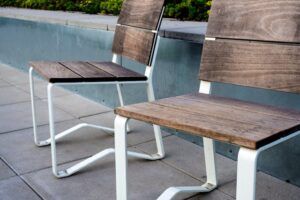
Concrete Spalling Need Immediate Attention
This guide should have helped you to understand the reasons that concrete spalling happens, and you should now know what to look for when you notice issues with concrete surfaces or areas on your property. Getting this kind of problem attended to right away is key so that your property is safe and secure no matter what kind of weather hits or what kinds of activities are being on the concrete surfaces on your property.


